Hybrid learning fatigue: How can teachers be better prepared for a new age of 21st century learning?
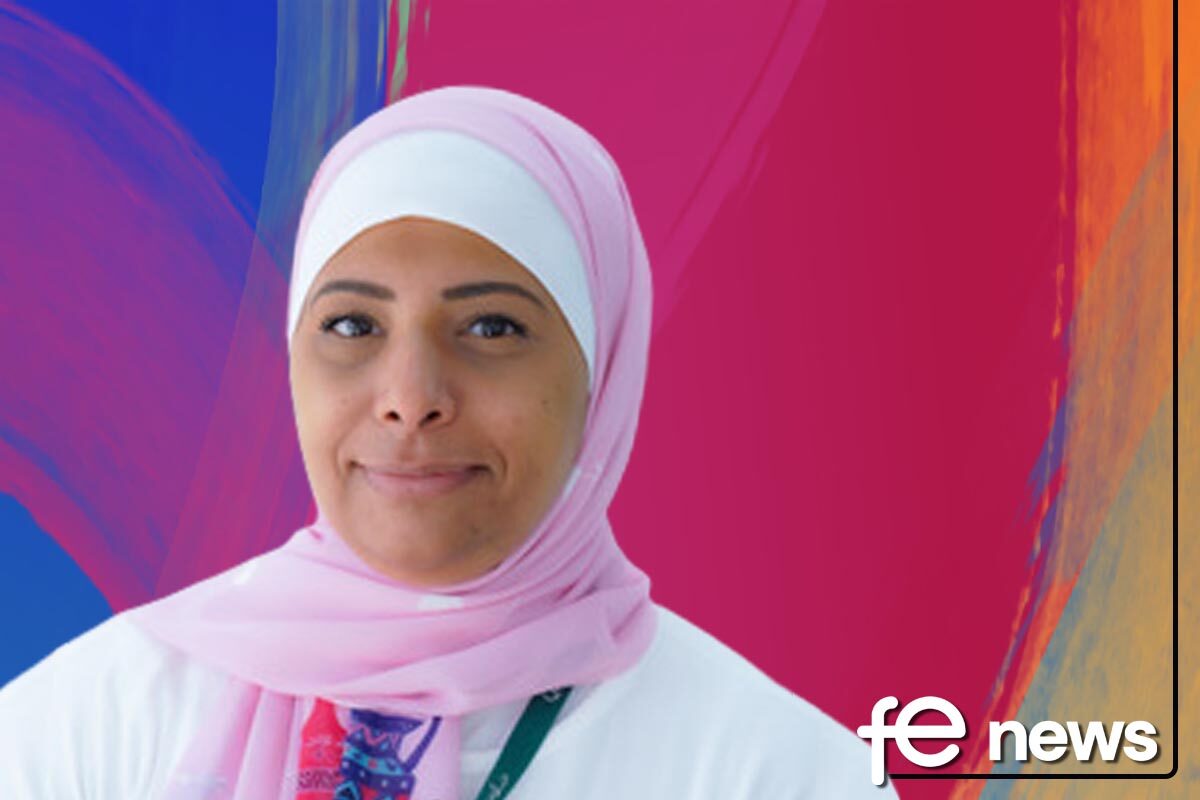
Hadeel ElSayed, a teacher at Qatar Academy Sidra – part of QF’s Pre-University Education – speaks about her new role as the school’s Chair of Digital Learning, and how technology can truly benefit students.
Over the last three years, there have been a number of issues that have led to frustration around blended learning.
For this reason, at Qatar Academy Sidra we decided to partner with WISE and ExperimentFirst to reimagine how teachers can be prepared for a new age of 21st century learning – starting with the introduction of the Chair of Digital Learning, a role intended to champion school-wide digital competencies through practice and partnership building.
Why did we decide to incubate this role?
The first reason is timing. The global education system has needed to better integrate digital learning into classrooms for as long as I’ve been teaching (more than 17 years). Since COVID-19, the shift to remote learning has accelerated over days rather than decades. Hybrid learning is set to play an increasing role in our schools.
We’ve also learned from the failures of others. This role, focused on digital learning, has existed before, but has continuously failed to be institutionalised in the same way that subject-based roles are. Why?
- During times of hard budget decisions, these roles are often targeted because their student contact time is often less than any other teacher. This is of course because their role is to increase the capacity of teachers
- Typically, this role is driven by the passion of one teacher and the deep belief of the principal. Once the principal moves on, there is a natural decay of the role’s strategic perception
- The role can become disconnected to important external stakeholders like parents and other schools
This is not a new role. One of its key elements is to build on previous work which may be useful in this new context. In the past, I created more than 25 video tutorials and 100-plus short-form videos for students, parents and teachers. So, I started with that.
I showed where this work succeeded but also where this past work struggled in terms of scale – there was no follow-up because of a lack of time, and a failure to change existing habits. It is important for me to communicate that this role is about scaling the work that’s already done.
What challenges does this role aim to solve?
Students are used to technologies at home that are dynamic, gamified and challenging – yet this wasn’t reflected in the tools use in their lessons. These mostly rely on the rote learning of the words, rather than creative, project-based learning.
Teachers have received a lot of digital training, but this tends to be very knowledge-heavy, and light in practical skill-building.
Parents see technology as a ‘block box” and require support to see the value of their children’s work and progress over digital learning.
And administrators struggle with leveraging the power of digital learning for the Ministry of Education, accreditation (IB) and admissions.
How will we implement this role?
It is all too easy to start with what I think or want this role to be. For the first 90 days, I will be focused on creating evidence of impact and using these stories as a means to gradually increase the percentage of time spent on my new role until it is a full-time position.
My goal is to form hypotheses, design and run every intervention as an experiment, and then, at the end of my first year, evaluate what aspects would need to scale in the second year of my role.
The key focus is to bridge the gap between the tool and how it can be best used in lesson planning. This involves not just selecting the right tool and creating the how-tos, but fostering 1:1 acceleration to help the teacher embed the use of it in their daily practice.
I’m going to communicate to teachers regularly through a school wide newsletter that goes to all teachers once a week. There is a department-specific newsletter that will go out once a month. They will contain a practical ‘one’ thing teachers can do in minutes. This is vital because it will encourage micro-actions that are easy to achieve.
Working with institutional partners like WISE who can provide QA Sidra with a global platform as well as networking opportunities with start-up founders who can help train teachers is invaluable. I also plan on collaborating with partners like Qatar National Library to help access and deliver technology resources cheaper, faster and easier.
Hadeel ElSayed is a teacher in Qatar Academy Sidra with experience in special education, general education, curriculum design and implementation, and the generation of detailed long-term strategic plans. He is also the school’s data protection officer and chair of digital learning.
As a professional PYP educator with 17 years of hands-on experience in the primary stage across many different roles and curriculum, Hadeel established different departments in various schools, helping with resources sharing other ideas for educators.
As an innovator, Hadeel created digital resources for Arabic teachers and different supporting guides for parents for home learning. And as a facilitator, Hadeel presented several workshops for developing teachers in different fields; English, Arabic, Islamic, behavior management, classroom management, teaching strategies, and Digital Learning.
Hadeel holds a Master of Science degree in multidisciplinary studies in international Education EdTech, and a Bachelor of Arts in Science and Education



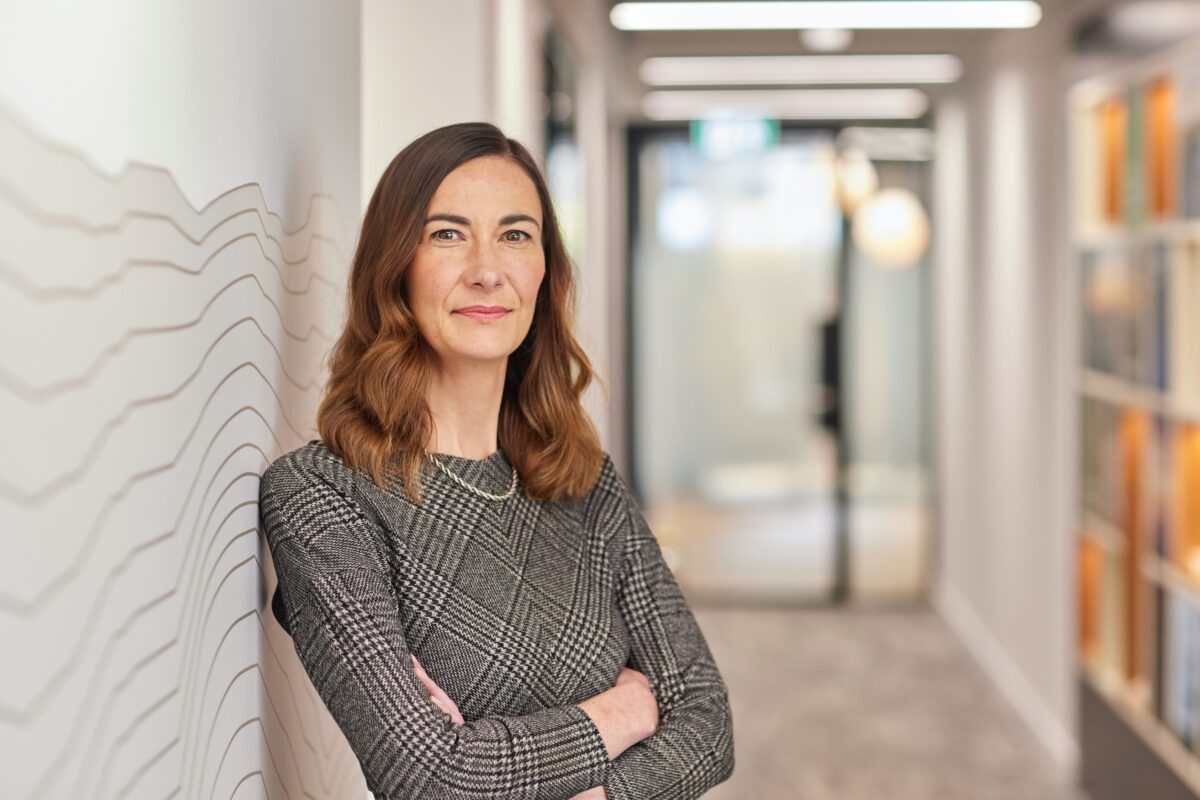
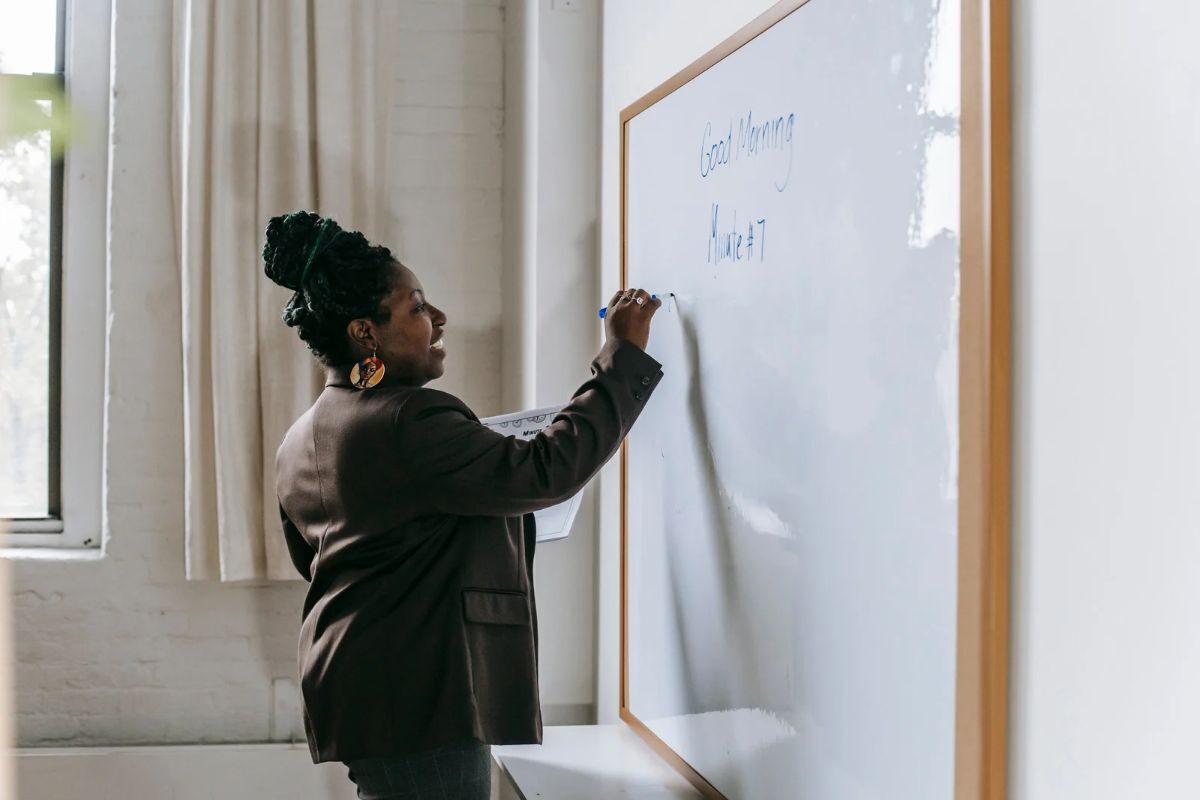

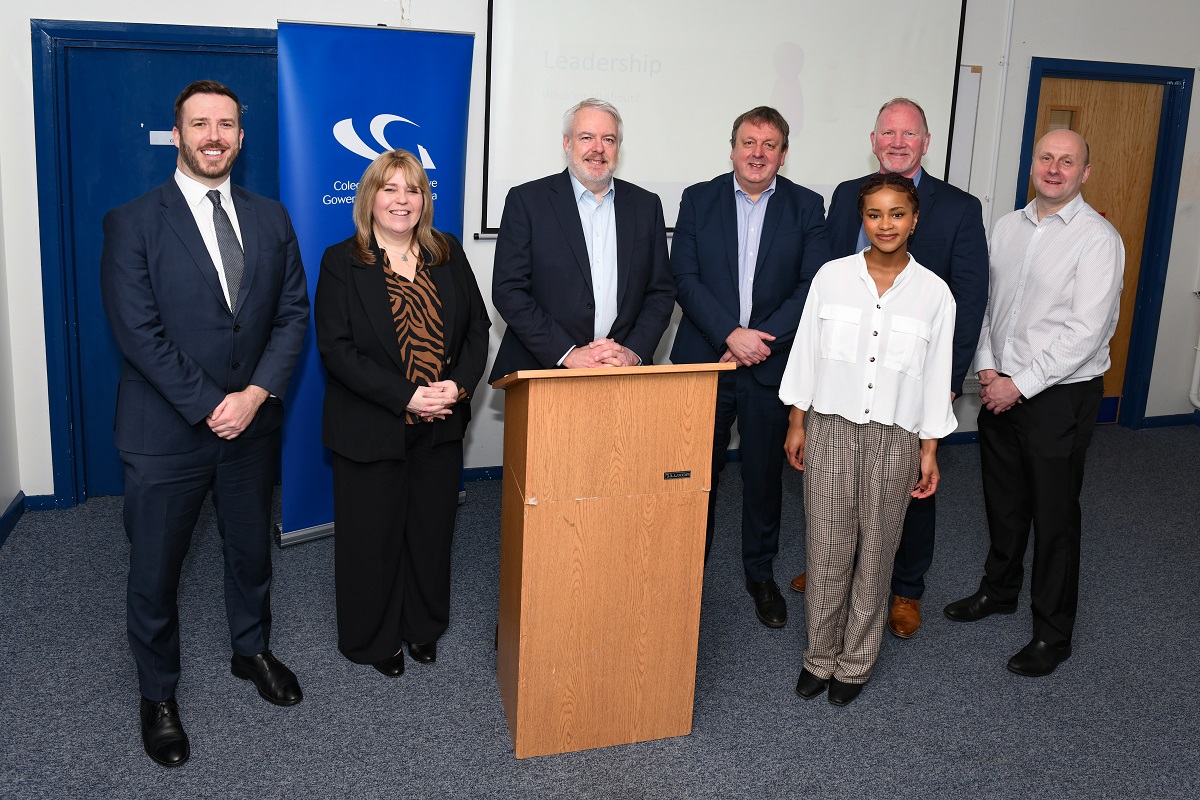


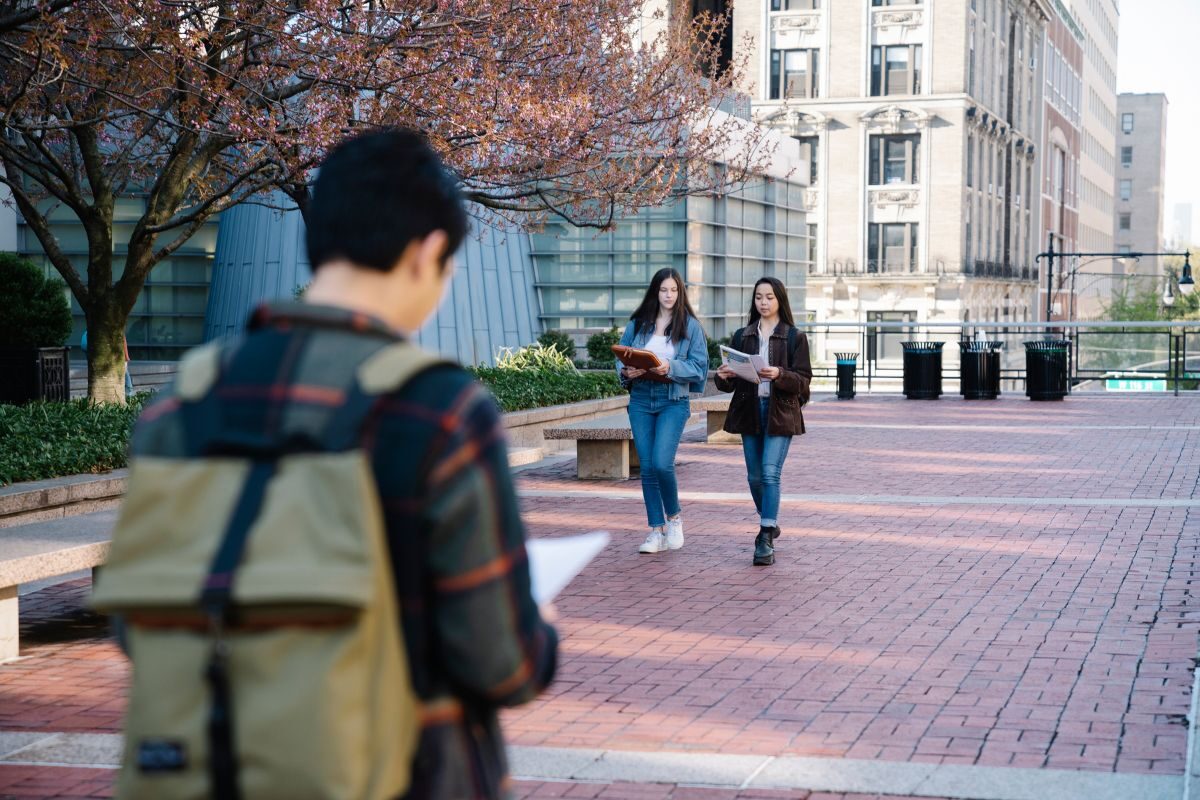
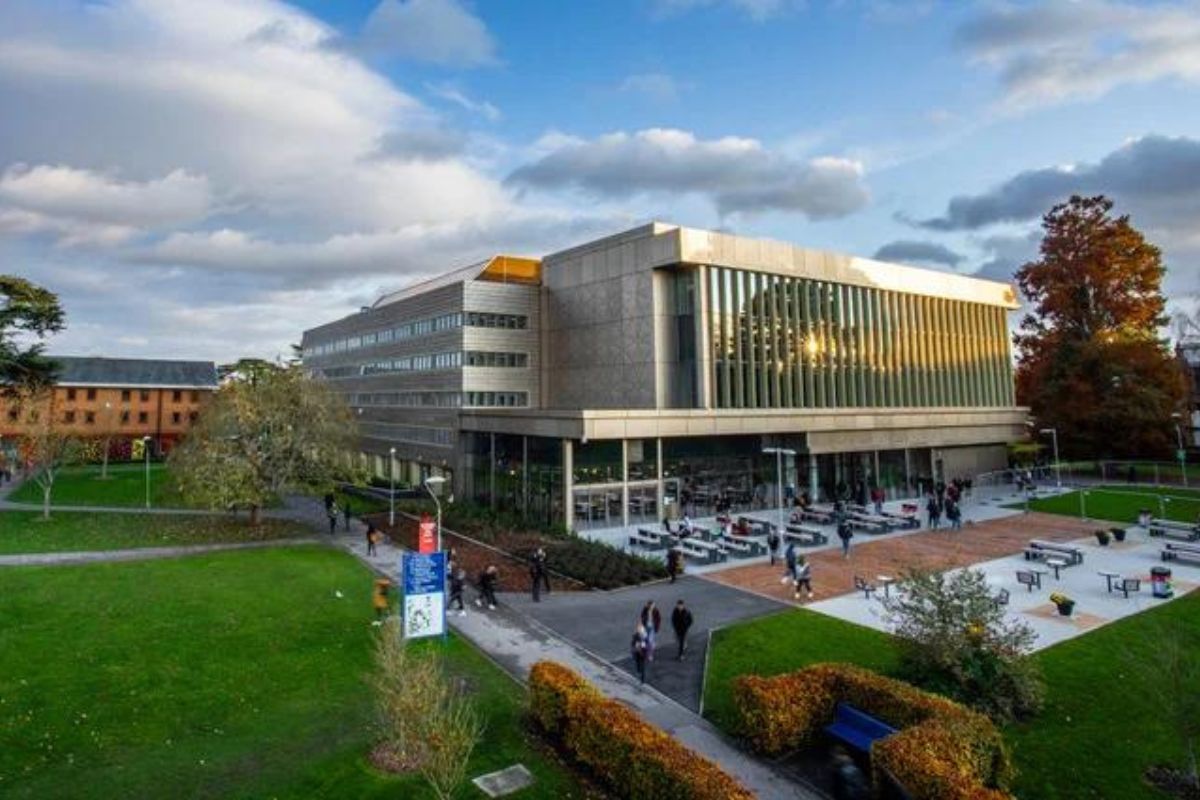
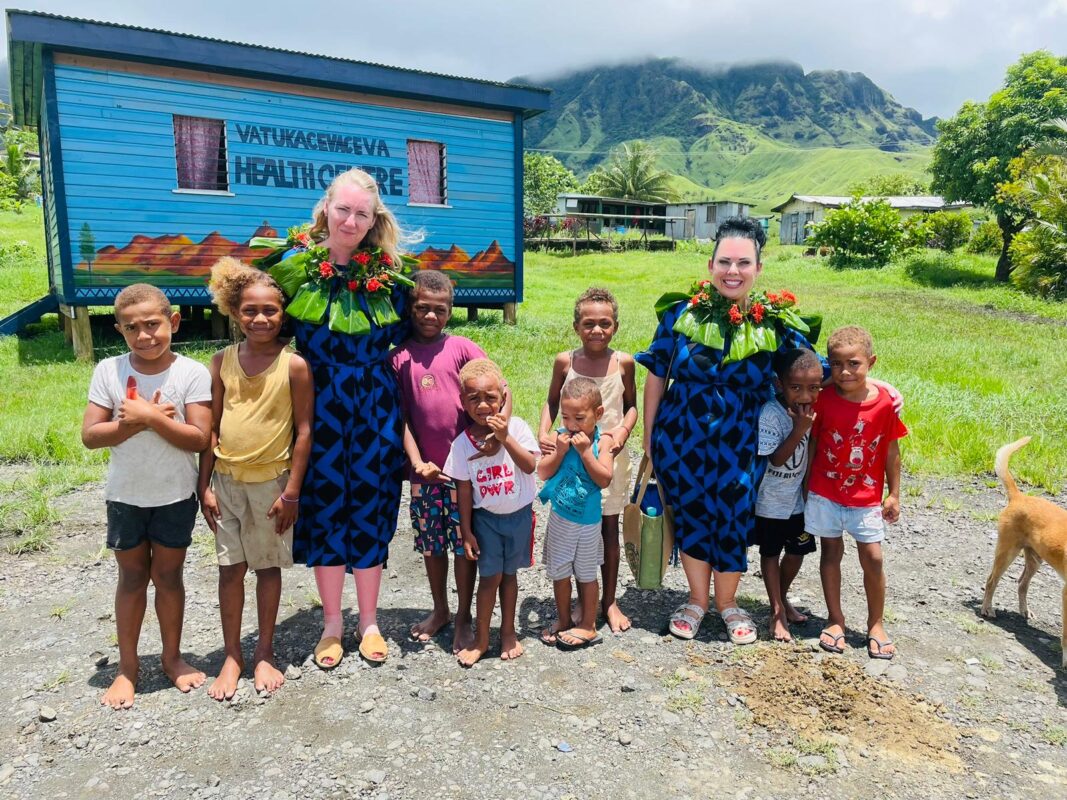
Responses